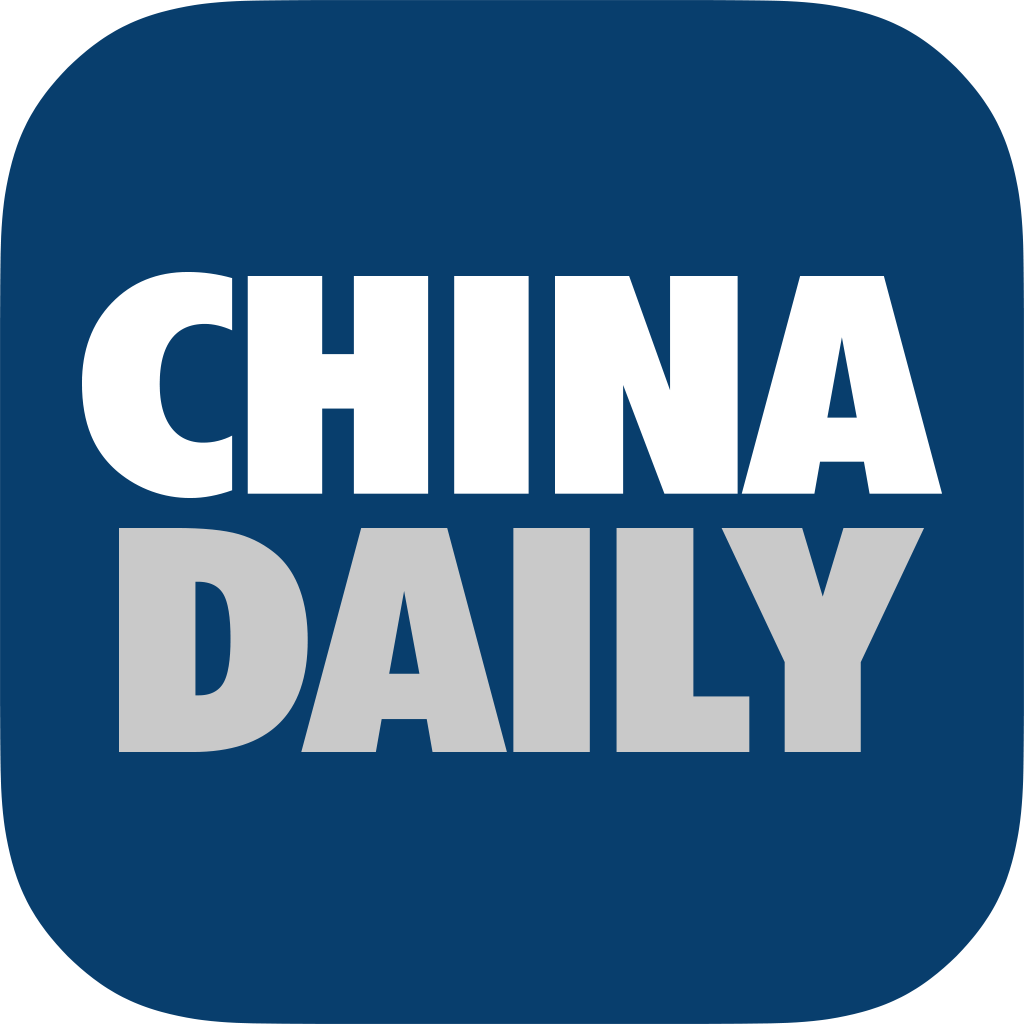



Contraction slows, but two other gauges down; experts sure recovery is intact
China's factory activity improved in August after a contraction in July, and industry insiders promptly reviewed the latest data and attributed them to intensified macroeconomic policy support amid COVID-19 pandemic resurgences and extreme weather in some parts of the nation.
The official purchasing managers index for China's manufacturing sector crawled up to 49.4 in August from July's reading of 49, the National Bureau of Statistics said on Wednesday.
For the second consecutive month, the PMI stayed below the 50-point mark, which separates contraction from growth.
China's non-manufacturing PMI, however, fell to 52.6 from 53.8 in July. And the country's official composite PMI, which includes both manufacturing and services activity, came in lower at 51.7, down from 52.5 in July, the NBS said.
Zhao Qinghe, an NBS senior statistician, said despite headwinds of COVID-19 and extreme weather, the economy maintained its recovery momentum in August.
Among 21 surveyed manufacturing sectors, 12 sectors saw an improvement in PMI reading in August.
Zhao said 48.4 percent of surveyed manufacturing enterprises reported high costs of raw materials, and for the first time, the number went below 50 percent this year, indicating that enterprises' cost pressures have gradually eased.
The NBS said the sub-index for raw materials came in at 44.3 versus 40.4 a month earlier.
Zheng Houcheng, director of the Yingda Securities Research Institute, said China's factory activity contracted at a slower pace in August, mainly fueled by new orders amid the government's continued efforts to step up macroeconomic policy support.
NBS data showed a sub-index for new orders rose to 49.2 in August from 48.5 a month earlier, while a gauge of production came in at 49.8, unchanged from the previous month's level.
Zhou Maohua, an analyst at China Everbright Bank, attributed the improvement in the manufacturing PMI to the recovery of demand amid better control of the pandemic, gradual normalization of economic operations and a package of economic stimulus policies gradually taking effect.
However, citing several sub-indexes that fell below the 50-point mark, Zhou said the sporadic COVID-19 cases, extreme weather and high costs of raw materials have weighed on the recovery in August, and the foundation of the recovery is not solid.
Looking ahead, Zhou said factory activity may return to expansion territory in September and China's non-manufacturing sector will likely expand at a faster pace in the following month upon better containment of the pandemic and stronger policy support.
Zhou said the government's recent steps to stabilize prices, ease current burdens on enterprises and increase financial support will help ease pressure of high costs on manufacturing firms.
China's economic activity slowed in July, with key indicators coming below expectations amid renewed COVID-19 outbreaks and troubles in the property market.
The NBS also said China's value-added industrial output grew by 3.8 percent in July from a year earlier after a 3.9 percent rise in June, and retail sales rose by 2.7 percent year-on-year in July, down from the 3.1 percent rise in June.
Premier Li Keqiang highlighted the need to scale up macroeconomic policy support to shore up growth when he spoke at a recent symposium with top provincial officials in Shenzhen, Guangdong province. Li said China's economic recovery is now at a period that requires the most strenuous efforts in policy support.
Citing the recent reduction in China's benchmark lending rates and follow-up measures to the policy package for stabilizing the economy, Wen Bin, chief economist at China Minsheng Bank, said such a series of stimulus policies will help boost credit expansion, deal with recent economic fluctuations, further consolidate the foundation for recovery and keep economic performance within a reasonable range.
If you have any problems with this article, please contact us at app@chinadaily.com.cn and we'll immediately get back to you.